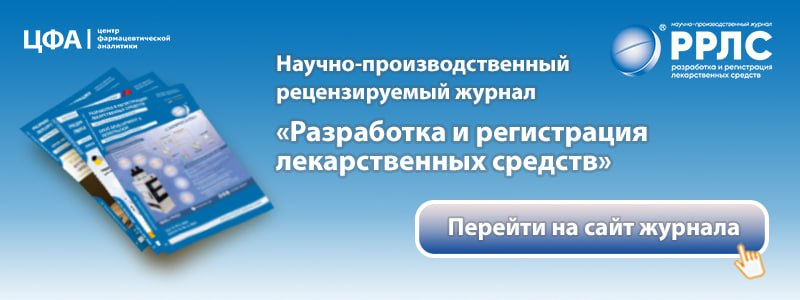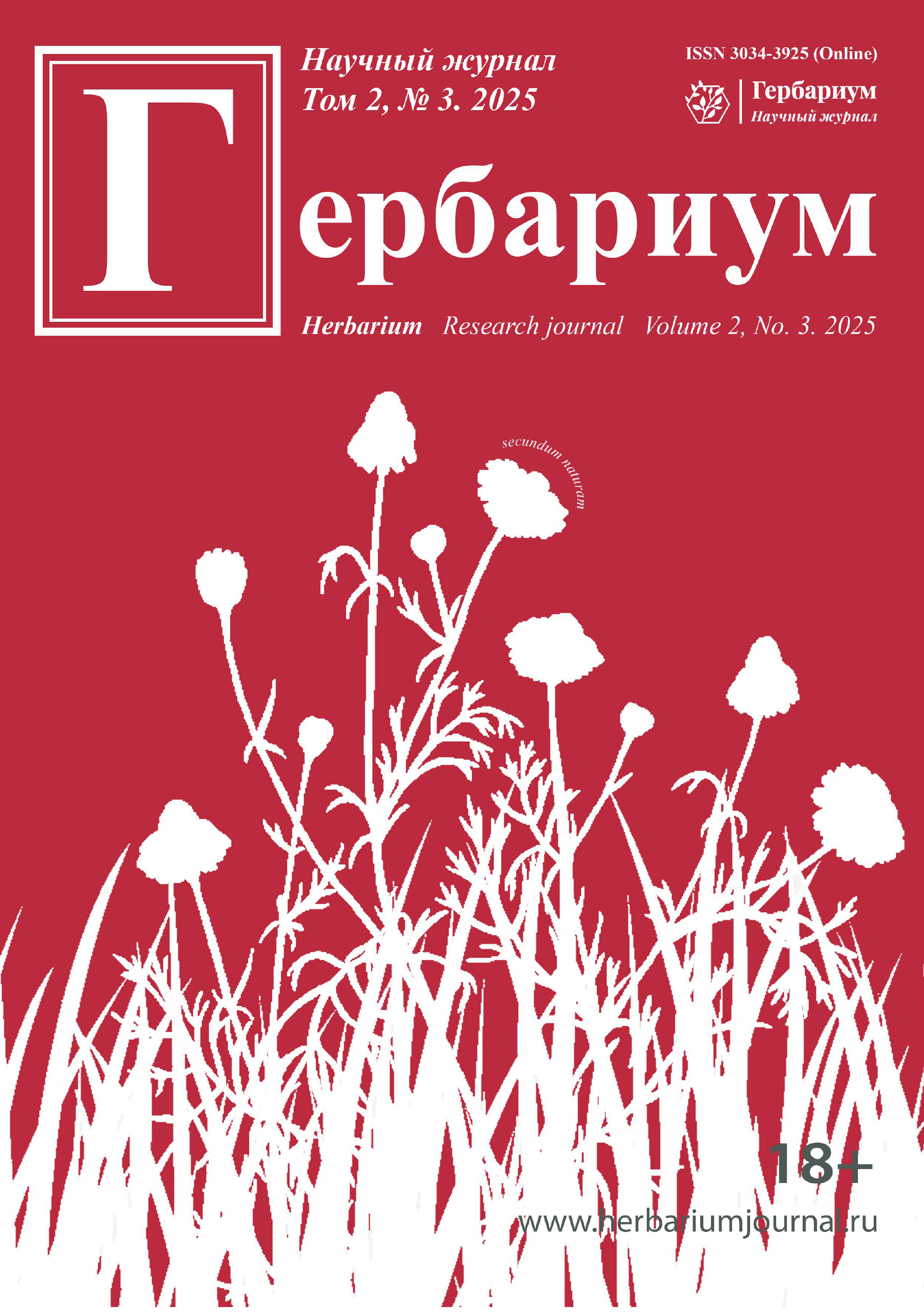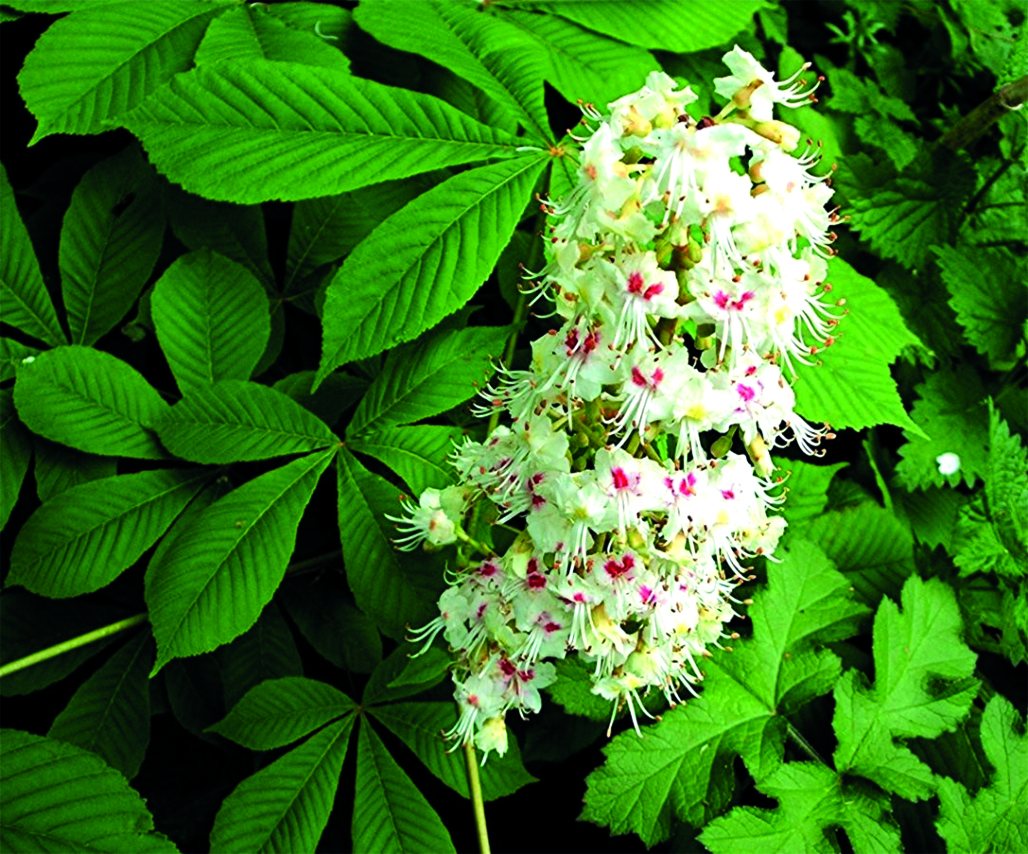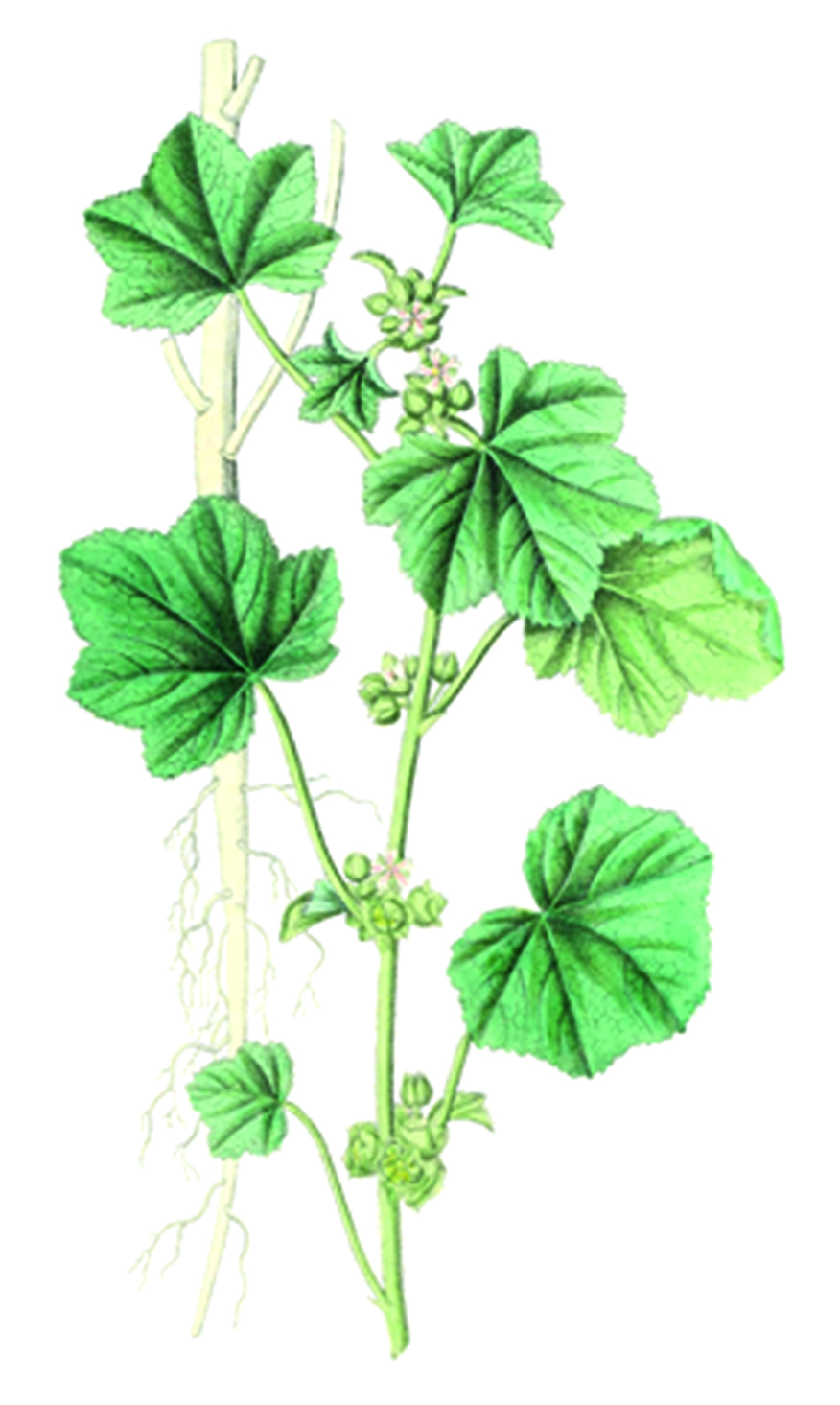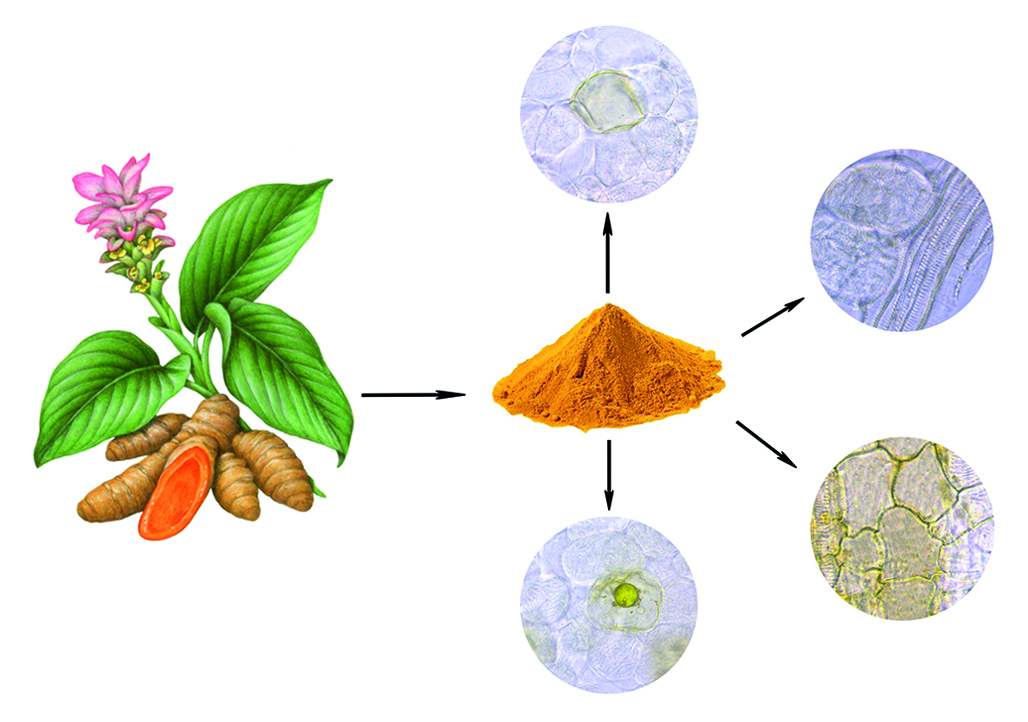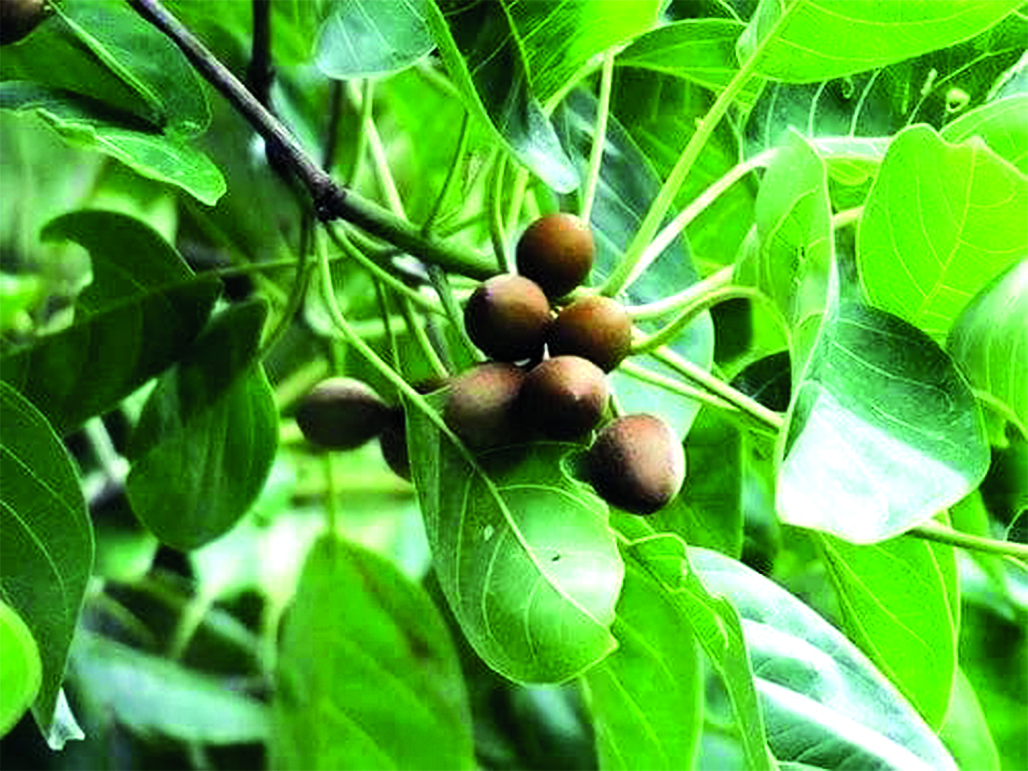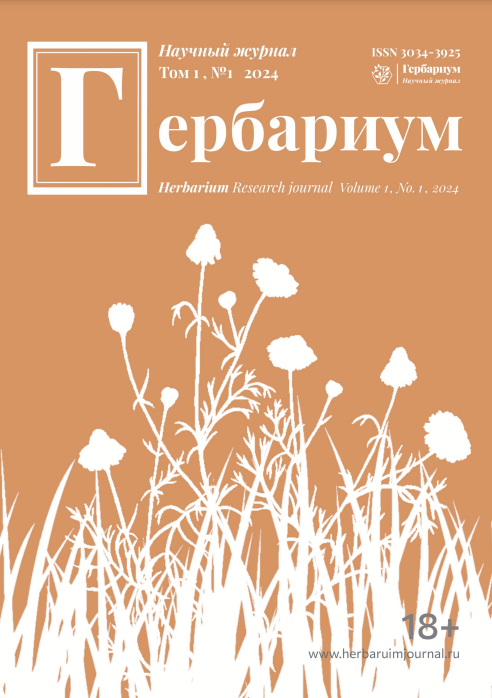
Scientific and practical peer-reviewed journal
The scientific and practical peer-reviewed journal "Herbarium" brings together researchers and manufacturers working in the field of pharmacognosy, pharmaceutical botany, as well as in the field of searching for, creating and using medicinal products of plant and other natural origin.
The journal covers a wide range of topics, including botanical and pharmacognostic characteristics of pharmacopoeial and promising plant and fungal species, including cell and tissue culture; isolation and study of the structure of biologically active compounds; search for new natural medicines and technology for their production; determination of the biological activity of total extracts and purified substances, including in silico, experience in the clinical use of herbal medicines; standardization of medicinal plant raw materials and pharmaceutical substances of plant and other natural origin; problems of procurement and cultivation of medicinal and aromatic plants, resource studies.
The content of scientific papers published in the journal corresponds to the following branches of science: pharmaceutical chemistry, pharmacognosy (pharmaceutical); industrial pharmacy and technology of drug production (pharmaceutical sciences); pharmacology, clinical pharmacology (medical and pharmaceutical sciences); botany (pharmaceutical, biological and agricultural sciences); plant physiology and biochemistry (biological sciences).
Media registration - EL No. FS 77 - 88458 dated 14.10.2024



